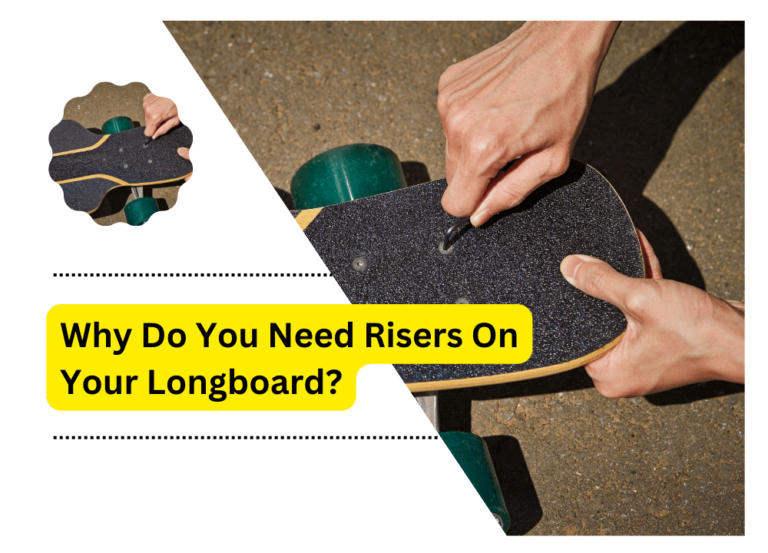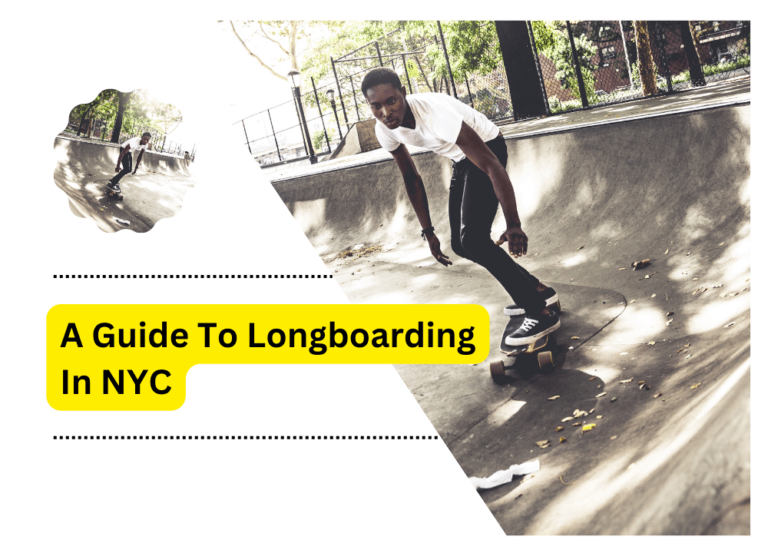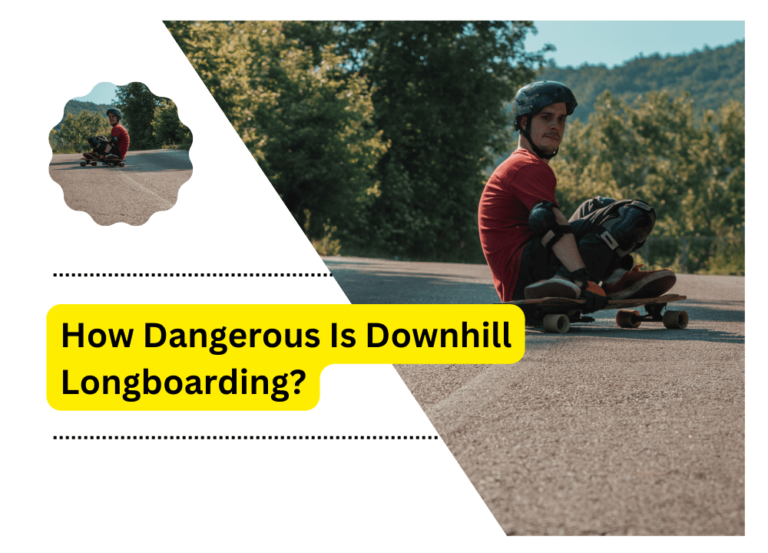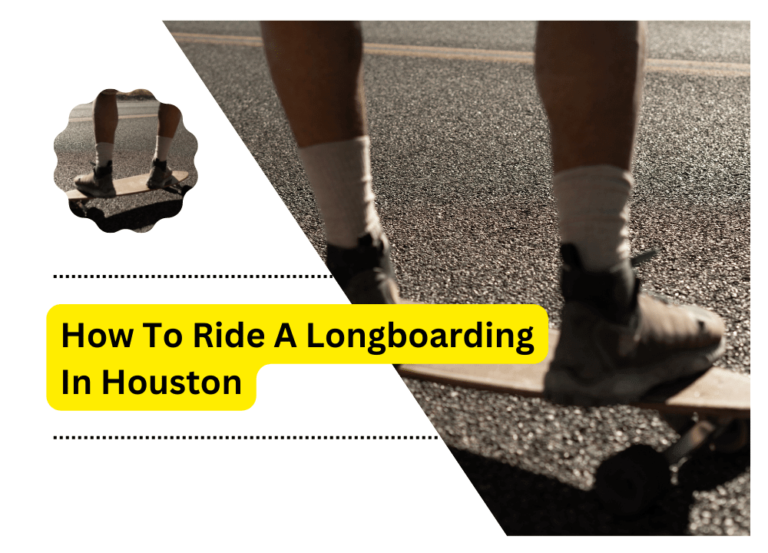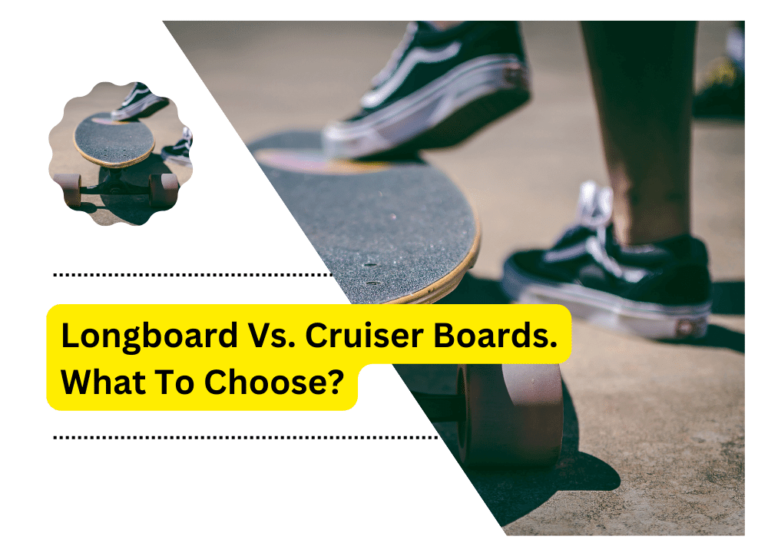Is Longboarding Hard? Learn The Basics Before You Start!
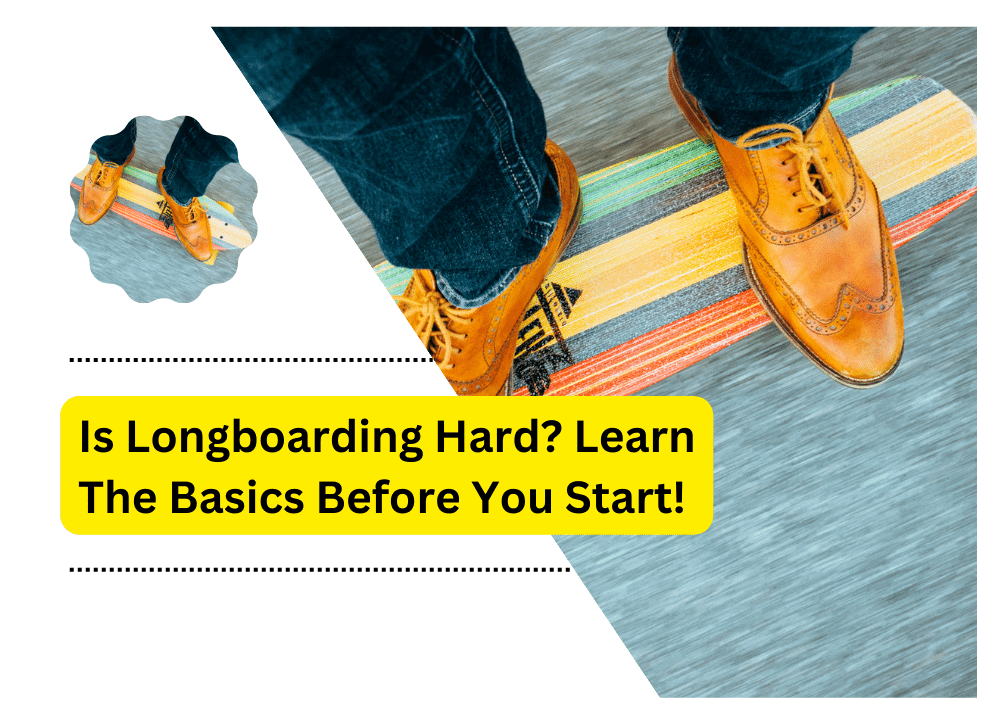
Longboarding is a great way to get around, stay in shape, and have fun. Learning the basics might take some time. But, with Practice, cruising around your neighborhood will become easy. So, if you’re asking, “Is longboarding hard?” Here are some tips to help you get started!
What is Longboarding?
Longboarding is a form of skateboarding that uses a giant board than its regular version. The design’s goal is to provide riders with more stability and control. This, in turn, allows them to ride further distances with greater ease. To longboard, you’ll need a set of four wheels and two trucks that connect these wheels to the board. The board itself, known as the deck, completes the necessary components.
Understanding the Learning Curve
The learning curve for longboarding is different for everyone. The time to learn basic riding techniques depends on your skateboarding experience. It could range from a few hours to a few days. If you’re new to skateboarding and longboarding, do basic movements in an open area. Focus on techniques like pushing, turning, and stopping. Practice them until you feel comfortable with each one. Taking lessons from a qualified instructor is an excellent way to learn the basics. It also helps you stay safe while riding on your board.
Necessary Equipment and Safety Gear
When it comes to longboarding, having the right equipment and safety gear is critical. Ensure your board is the right size and weight for your skill level. Also, make sure it’s equipped with high-quality trucks and wheels. Also, you should always wear protective tools such as a helmet, elbow pads, knee pads, and wrist guards. It will help protect you from potential falls and ensure you stay safe while riding.
Finding the Right Longboard
When searching for the right longboard, there are several factors to consider. Consider your board’s size, weight, design, materials, and construction quality. These factors are essential for finding the right one. There are different types of boards, like cruiser or downhill boards, each offering unique features. These features are better suited to specific riding styles. Once you’ve decided on a board that fits your needs, it’s time to hit the pavement and start practicing!
Preparing for Your First Ride
Now that you’ve chosen your board and have the necessary safety gear, it’s time to prepare for your first ride. Before you take off, ensure that you attach and lubricate your wheels for smooth spinning. Also, inspect for any cracks or signs of wear on the deck and all other parts of your board. Once everything looks good, it’s time to hit the streets and have some fun!
Balancing and Riding Techniques
Once you have the basics down, it’s time to start mastering more advanced techniques. Mastering balance on your board is crucial for riding with control and confidence. It’s a fundamental skill in longboarding. Practice balancing by standing still or pushing off while keeping your feet centered on the board. These exercises enhance stability and control in longboarding. Once you feel balanced, try fun riding, like carving, pumping, and sliding. It’s exciting and helps you get better at longboarding!
Braking and Safe Stopping
It’s essential to learn what is longboarding hard and how to stop. Most longboards come equipped with some type of braking system, such as a foot brake or coaster brake. Be sure to practice both types to become comfortable stopping when needed. You should also know the basics of emergency brakes in an unexpected situation.
Turning and Carving
Once you feel comfortable with braking, it’s time to work on your turning and carving skills. It is a crucial aspect of longboarding. It helps you maintain control while riding down hills or going around sharp turns. Start practicing by leaning from side to side while pushing off, usually with the other foot. Once you can turn, try various riding techniques such as pumping, sliding, and carving. These will help you become a more skilled rider.
Falling Secure
Unfortunately, you will likely take a few falls while learning to longboard. It would help if you prepared for the unexpected. Additionally, taking steps to protect yourself during a fall is crucial. Always wear protective gear to ensure safety. Practise falling securely by folding your knees and rolling out of the way whenever possible. It will help cushion the impact and prevent serious injury.
Riding Etiquette and Safety Tips
Stay aware of your surroundings while out on the streets. These measures ensure a safe and enjoyable longboarding experience. Always ride in designated areas and avoid busy roads or sidewalks if possible. Remember to look ahead and be mindful of other riders in your area to ensure everyone stays safe. Also, practice longboarding only during daylight hours. Also, wear bright or reflective clothing to make yourself more visible and safe.
Progressing Beyond the Basics
Once you’ve mastered the basics of longboard Decathlon, there are a variety of fun and challenging tricks to explore. Start by practicing easy kick turns, drop-ins, manuals, and flips. These will help you get comfortable with more advanced longboarding techniques. When you’re ready, watch tutorials or take lessons from an experienced instructor. It will help you confidently attempt more complex tricks like slides and grinds. With time and Practice, you’ll soon be ready to take your skills to the next level!
Resources and Longboarding Communities
If you’re a beginner or want to improve, there are many resources to support your longboarding journey. Use these options to enhance your skills and knowledge. Join a local longboard community and connect with other riders in your area. Online forums, tutorials, and events for all riding levels can also be found.
FAQ’s
How hard is it to learn longboarding?
Learning to longboard can be a challenging but rewarding experience. Some movements and tricks may take time, but pushing, turning, and stopping are easier. Keep practicing, and you’ll get the hang of these essential skills. With Practice and the right resources, you’ll soon be on your way to becoming an experienced rider!
Is it easier to turn on a longboard?
Yes, turning on a longboard is more accessible than other riding styles. Longboards have a specific design for carving and turning, which makes them ideal for navigating tight corners and weaving through traffic. They have unique features that make riding smoother and give you more control.
Are longboards easy to balance on?
Balancing on a longboard might be tricky at first. But, with Practice and patience, you’ll become more comfortable with the feel of your board. Once you hold, keeping your feet centered and pushing off, balancing on a longboard becomes natural. With experience, you’ll feel more confident and stable on your board.
Can anyone learn to longboard?
Yes. Longboarding is an inclusive sport for individuals of all ages and physical abilities. The learning curve might vary from person to person. But anyone can learn to longboard with patience, Practice, and a positive mindset.
Conclusion
is longboarding hard –Longboarding is a fun and exciting way to get around town or have some fun. Follow safety precautions and practice basic techniques for fun. And have a safe experience on your board. Remember to use the right equipment as well. With persistence and dedication, you can keep progressing in your longboarding skills. Finally, you’ll become a master of the streets.

